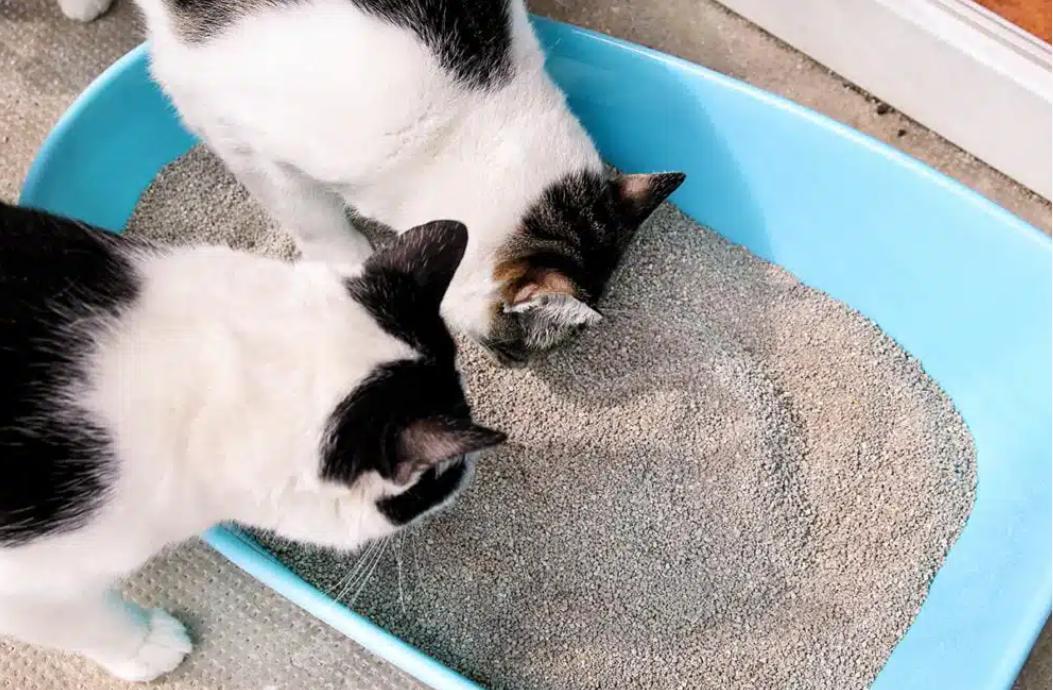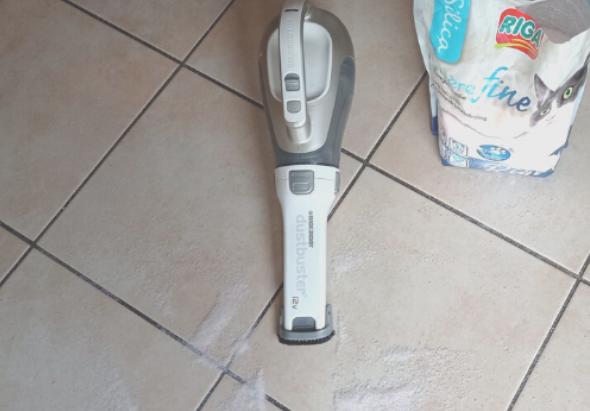Can You Vacuum Cat Litter Without Damaging Your Vacuum?
Vacuuming cat litter is a common task for many pet owners, but questions frequently arise about the safety and potential issues related to this activity. Ensuring that your vacuum cleaner remains in working order while efficiently managing cat litter is crucial. This blog delves into the specifics of safely vacuuming cat litter, examines the potential risks associated with it, and provides practical alternatives to keep your home clean and your vacuum undamaged.

Is It Safe to Vacuum Cat Litter?
The safety of vacuuming cat litter largely hinges on the type of vacuum cleaner being used and the properties of the cat litter itself. Traditional vacuums, especially those not designed for heavy debris, may struggle with litter, and continual use could lead to damage. Cat litter is often heavy and granular, which could potentially harm the vacuum’s motor, clog the hoses, or wear down the internal components faster than usual.
However, some vacuums are specifically designed to handle pet waste and debris. These models typically come equipped with stronger suction capabilities, specialized filters, and reinforced hoses designed to withstand heavy, granular materials like cat litter.
It’s crucial to check the manufacturer’s guidelines for your vacuum cleaner. Many manufacturers provide specific dos and don’ts regarding what their machines can handle. Safeguarding your appliance from unnecessary damage starts with understanding its limitations and capabilities.
In essence, while it is possible to vacuum cat litter safely, choosing the right equipment and following best practices are essential to avoid unwanted damage and ensure efficient cleaning.
What Happens If You Vacuum Cat Litter?
Vacuuming cat litter without proper precautions can lead to several problems. Firstly, the motor can suffer from overexertion. Cat litter is denser than regular household dirt, which means the vacuum’s motor has to work harder. This increased strain can lead to overheating, reduced lifespan, or complete motor failure.
Secondly, vacuums not equipped for heavy debris can experience blockages. The hoses and internal pathways designed for smaller, lighter particles might clog when confronted with heavy cat litter. This not only reduces suction power but can also lead to permanent blockages if not promptly cleared.
Additionally, as cat litter often contains dust and sometimes moisture, there’s the potential for these fine particles to reach and clog the vacuum’s filter. This can significantly hinder its performance, leading to an inefficient device that leaves dirt behind. More critically, a clogged filter can lead to overheating, posing a potential fire hazard.
Cat litter can also harbor unpleasant odors. Traditional vacuums may not fully contain these smells, leading to a machine that emits a continuous foul odor while in use. The interaction with moisture can further exacerbate this issue, resulting in a combination that’s both unsanitary and damaging.
Best Practices: How to Vacuum Cat Litter Without Damaging Your Vacuum
Alternatives to Vacuuming Cat Litter
For those worried about vacuum damage, several alternatives can be just as effective:

Conclusion
Vacuuming up cat litter can be safe and effective if done correctly. Using the right equipment, following best practices, and considering alternatives when necessary will help keep your vacuum in tip-top shape while keeping your home clean. Always prioritize the maintenance of your vacuum and stay aware of the specific needs dictated by pet ownership.
FAQ
What type of vacuum is safe for cat litter?
Vacuums designed for pet owners work best for cat litter. These models typically have strong suction, enhanced filters, and reinforced hoses to handle the density and granularity of cat litter.
Can vacuuming cat litter cause clogs or odor?
Vacuuming cat litter can cause clogs, especially in vacuums not designed for heavy debris. Additionally, if the litter is damp or dusty, it can lead to unpleasant odors being emitted from the vacuum.
How do I clean my vacuum after sucking up litter?
Regularly empty the canister or bag and clean filters, hoses, and brushes. Inspect for any blockages or worn parts, and replace them as necessary to ensure optimal performance and hygiene.
